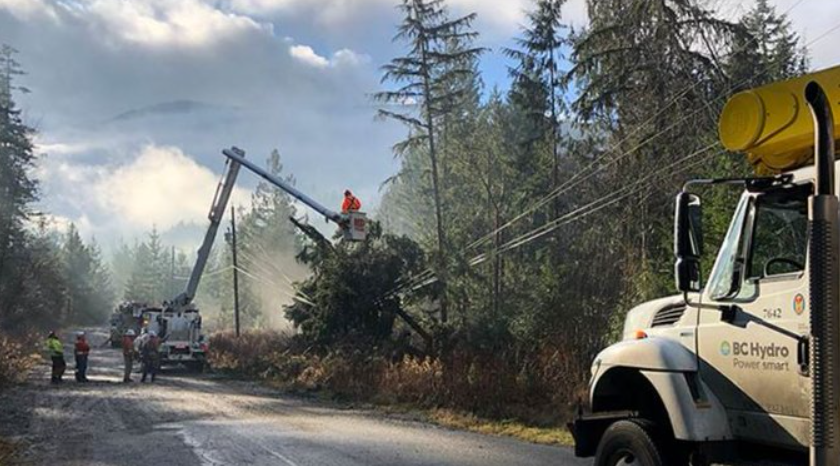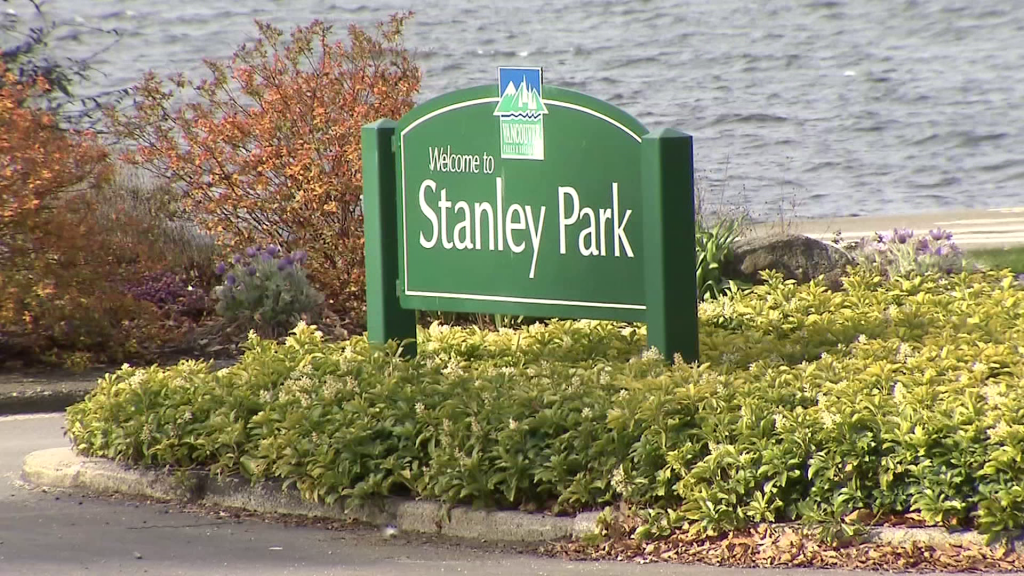Advocates call for better income support after post-pandemic rise in youth poverty in B.C.
Posted February 26, 2024 9:44 pm.
Last Updated February 26, 2024 10:06 pm.
A new report says child poverty rates in B.C. went up after the height of the COVID-19 pandemic as financial supports dried up.
Now, advocates are calling on the provincial and federal governments to strengthen income support programs, saying they’re key in reducing child poverty.
In its 2023 BC Child Poverty Report Card, the First Call Child and Youth Advocacy Society, an advocacy group, says one in seven B.C. children are living in poverty.
Adrienne Montani, executive director of First Call, says the data analyzed for this report was from 2021, just after the peak of the COVID-19 pandemic.
“We learned a big lesson in that because, in 2020, it did drop a fair amount because of the CERB or pandemic income supports that were flowing into families and lots of places,” Montani said.
“In 2021, some of those were withdrawn, and they were starting to dry up. There’s still some, but now the child poverty rate is going up again. So, we can see the dramatic effect of income supports for low-income families.”
Gary Davison, a community liaison with the Heart Tattoo Society, says he’s been supporting the community in Vancouver’s Downtown Eastside for decades. Based on his experience, he says outreach workers need to be more proactive in building relationships with younger people in the neighbourhood who are at risk of becoming unhoused, and connect them with resources, like healthcare and education.
“What we have down here now is a quotient of youth who are having difficulty connecting with any points of healthcare service,” Davison said.
“Especially post-pandemic, with a lot of the protocols, this inner core kind of got left to its own amends. There was a realignment of all service directives. And at that same time, there was a noticeable increase every year in the amount of youth down here, and it’s really resulted in a supercrisis point for them.”
According to First Call’s report, the government needs to improve income support — especially for families with children with disabilities – and it needs to create initiatives targeted at Indigenous and recialized youth, who are overrepresented in the poverty data.
Sheila Malcolmson, minister of social development and poverty reduction, says with this in mind, the B.C. government is tabling another poverty reduction bill which is expected to come in the legislature’s spring session.
“We want everybody to get their best start. That’s why we’ve increased income assistance rates five times already – having them being stalled out and frozen for a really long time – and that has had the impact, among other investments, of reducing child poverty by 50 per cent already,” she said.
According to First Call’s report, B.C.’s Child Poverty rate was 14.3 per cent, which is just slightly more than one percentage point lower than the national average.








